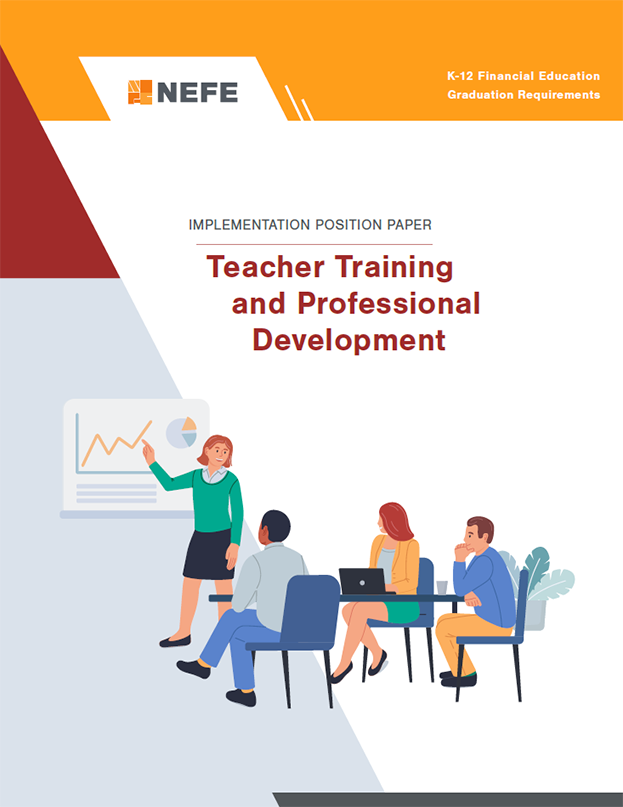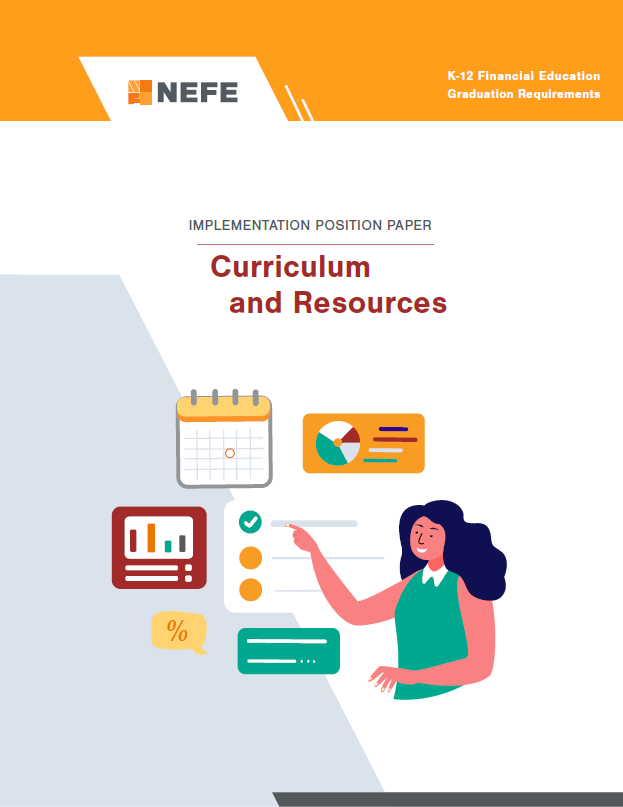The field of financial education continues to have tremendous growth in access, quality and impact. In 2018, only five states had a financial education requirement for students to graduate high school, and since the end of 2020, additional states have passed legislation. NEFE and our partners are encouraged by this positive, bipartisan momentum because it means that hundreds of thousands of students across the country will have access to financial education before they graduate high school.
Passing a financial education graduation requirement policy is progress, but it is only the first step of the process. Once a requirement has been set in motion, states have many considerations to work through to make financial education effective and impactful. The policymakers and administrators who are tasked with implementing a new requirement are often given little guidance on the "how". For the states that first passed these requirements—when the concept was novel—the answers to questions around implementation were less clear. As more states passed and implemented their requirements, more information became available to help guide states with these efforts. This series of papers aims to share some best practices, learnings and recommendations from conversations with states at various stages of implementation.
NEFE conducted multiple interviews with state officials and their nonprofit partners, aiming to assemble resources for states with newly passed requirements. From these interviews, NEFE determined the top four challenges and opportunities states face when transitioning from law to practice: Teacher Training, Curriculum and Resources, Partnerships and Collaboration, and Feedback and Evaluation. The following papers analyze each of these issues, looking at examples where states encountered challenges and found solutions on each front. While some questions remain outstanding, these papers aim to answer the questions of policymakers and administrators alike, with the goal of supporting the successful implementation of quality financial education courses in states across the country.




